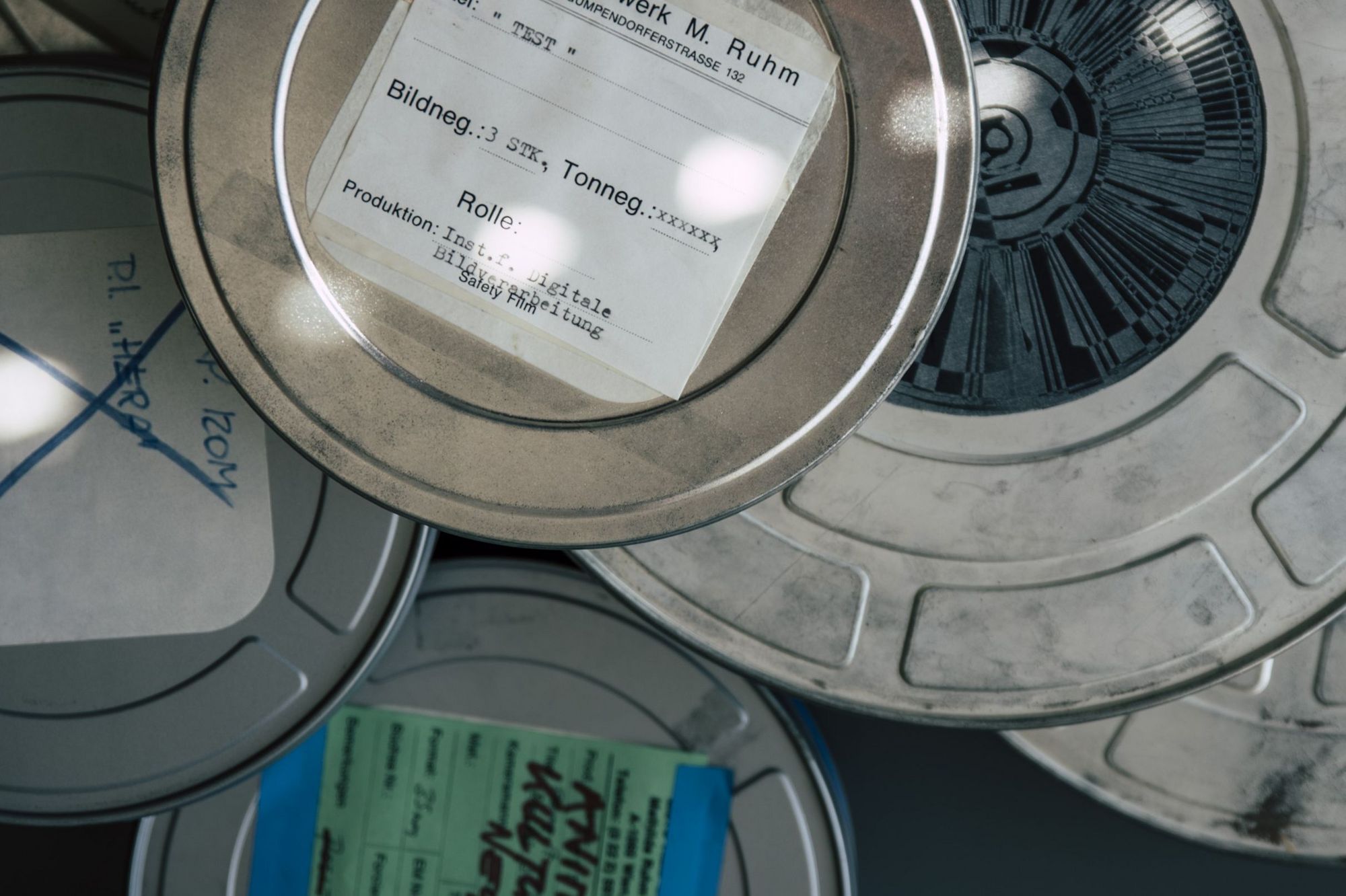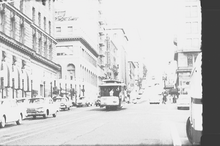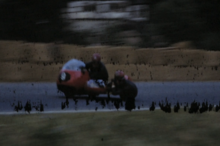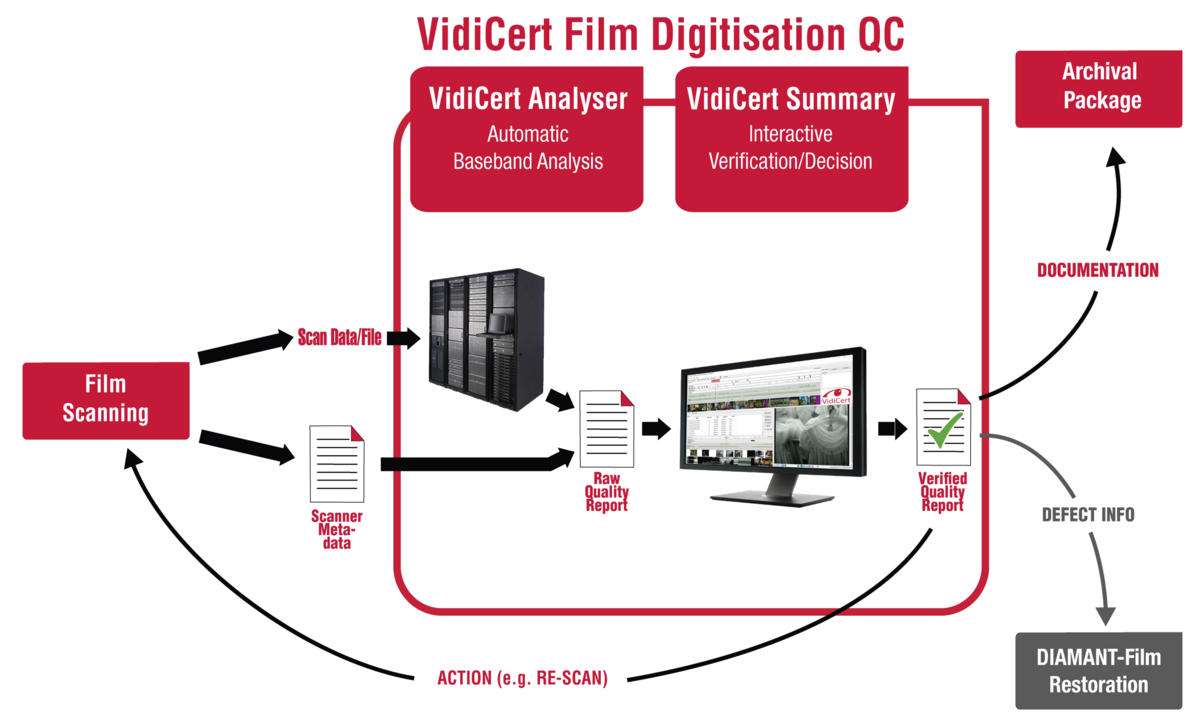Film-Scanning QC
VidiCert Benefits
- Ensure that migration from film to a master/preservation quality file do not introduce unwanted audiovisual defects to
- preserve your moving image in best digital quality for the future
- maximise its value for re-use and access
- avoid the costly need for re-scanning film in future
- Assess the condition of your digitized film for cost estimation and planning of digital restoration
- Assess the condition of your film for analogue preservation planning
- Ensure that a preview/access/production file derived from the digital film master fulfills your quality requirements

Film is scanned to a file or to an image sequence with your preferred scanner, either by you or by a service provider. The scan data/file is analysed by VidiCert thoroughly and automatically in respect to specific visual and audible scanning defects. Information about the location and severity of errors detected by VidiCert Analyser and optionally scanner sensor metadata is presented to the QC operator for verification. Verification of analysis results is highly efficient, enabled by the concise temporal information for segments with defects. So the operator can quickly decide, whether actions (e.g. re-scan with different scanning parameters) need to be carried out. In case the digitisation is accepted by the operator, all defect information and any additional information provided by the operator during the verification process is documented for future use. This might be exported as XML, PDF or a restoration-report.



VidiCert functions specialised for Film-Scanning QC
Audiovisual defect detection and verification functions relevant for film scanning
- Out of Focus/Blurriness Level
- Dust/Dirt/Hair Level
- Framing Error
- Unsteadiness Level
- Film-Grain-Noise Level
- Flicker Level, Flash Light
- Freeze Frame
- Under&Over Exposure
- Gamut Error
- Contrast/Luminance Range
- Cadence
- Real Frame Rate
- Black & Single Coloured Frames
- Black Bar / Aspect Ratio
- Macroblocking
- Audio Silence
- Superimposed Sound
- Loudness
Integration of scanner sensor metadata in verification
- Perforation/Shrinkage
- Light

